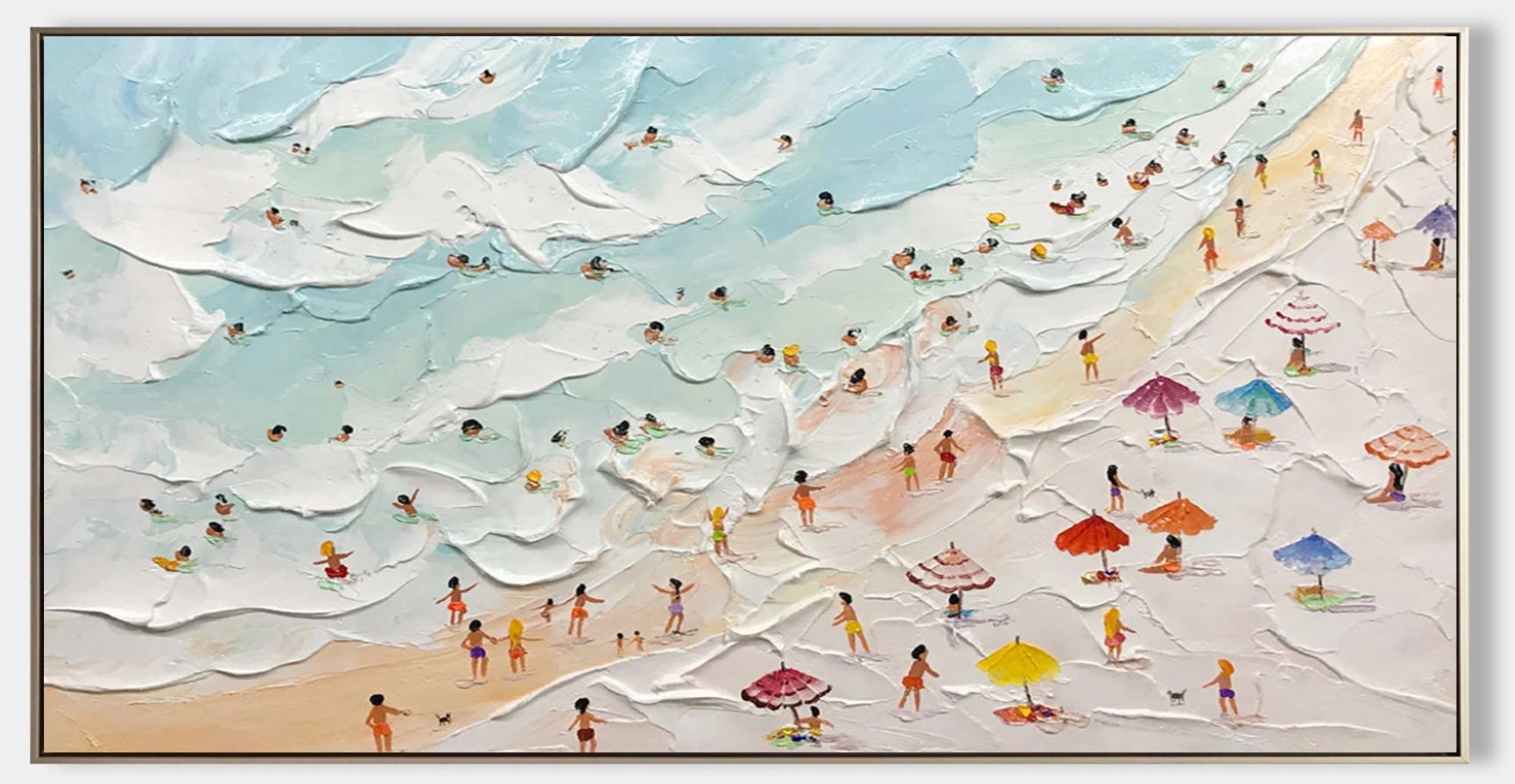Start Your Art Journey with a Sunflower
Painting a sunflower may seem hard, but honestly, it’s much easier than you think! This happy flower is perfect for beginners because it’s all about bold shapes and bright colors.
What You Need Before You Paint
Make sure to have:
- Oil paints: yellow ochre, lemon yellow, burnt sienna, sap green, white
- A canvas (best around 10×10 inches)
- Brushes: flat, round, and small detail brushes
- Palette knife (optional, for fun texture!)
- A clean cloth and a jar of linseed oil
Simple materials, big results!
Easy Steps to Paint Your Sunflower
- Background First: Paint the background using soft sky blues or creamy whites. Keep the strokes loose.
- Center the Flower: Paint a dark brown center with soft edges. This will ground your flower.
- Big Bold Petals: Use yellows and oranges to paint long, wide petals. Let some overlap — that’s more natural!
- Leaves and Stems: Quickly sketch a few leaves with dark green, adding lighter green for highlights.
Important Painting Tips
- Work wet-on-wet: It’s OK if colors blend a little. Oil paints are slow to dry, so enjoy it!
- Use bold strokes: Don’t be afraid to load your brush with paint. Texture makes sunflower paintings pop.
- Trust your gut: A little messy is good when painting flowers!
Where a Sunflower Painting Fits Best
Sunflowers make amazing decorations for bright kitchens, dining rooms, and sunrooms. Their natural cheerfulness matches Scandinavian, country, and cottagecore interiors.
As Claude Monet said, “I must have flowers, always and always.” — Your walls deserve that joy, too!
🎨 Ready for even more gorgeous sunflower art?
👉 Check out okarty.com for premium quality oil paintings, best prices, fast delivery, and worry-free returns!
